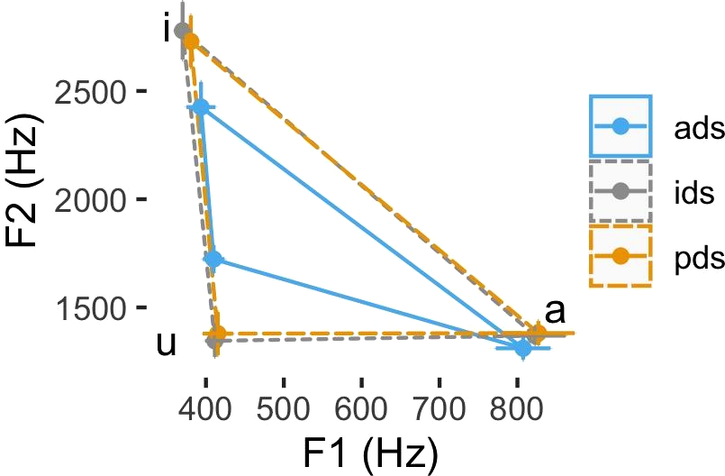2023-10-11 カリフォルニア大学サンディエゴ校(UCSD)
◆研究では、エクアドルの農業地域に住む若者の尿サンプルからハービサイドであるグリホサートと2,4-Dの代謝物濃度を測定し、神経行動パフォーマンスを評価しました。結果として、これらのハービサイドの尿中濃度が、注意、記憶、言語などの神経行動領域で低いパフォーマンスと関連していることが示されました。
◆これらの結果は、農薬に関する注意が必要であり、特に農業地域に住む子供や若者の健康に悪影響を及ぼす可能性があることを示唆しています。
<関連情報>
- https://today.ucsd.edu/story/commonly-used-herbicide-is-harmful-to-adolescent-brain-function
- https://ehp.niehs.nih.gov/doi/10.1289/EHP11383
グリホサート、2,4-DおよびDEETの尿中バイオマーカーとESPINAコホートにおけるエクアドル人青少年の神経行動学的パフォーマンスとの関連について Urinary Glyphosate, 2,4-D and DEET Biomarkers in Relation to Neurobehavioral Performance in Ecuadorian Adolescents in the ESPINA Cohort
Briana N.C. Chronister,Kun Yang,Audrey R. Yang,Tuo Lin,Xin M. Tu,Dolores Lopez-Paredes,Harvey Checkoway,Jose Suarez-Torres,Sheila Gahagan,Danilo Martinez,Dana Barr,Raeanne C. Moore, andJose R. Suarez-Lopez
Environmental Health Perspectives Published:11 October 2023
DOI:https://doi.org/10.1289/EHP11383

Abstract
Background:
Herbicides are the most used class of pesticides worldwide, and insect repellents are widely used globally. Yet, there is a dearth of studies characterizing the associations between these chemical groups and human neurobehavior. Experimental studies suggest that glyphosate and 2,4-dichlorophenoxyacetic acid (2,4-D) herbicides can affect neurobehavior and the cholinergic and glutamatergic pathways in the brain. We aim to assess whether herbicides and insect repellents are associated with neurobehavioral performance in adolescents.
Methods:
We assessed 519 participants (11–17 years of age) living in agricultural communities in Ecuador. We quantified urinary concentrations of glyphosate, 2,4-D, and two N,N-diethyl-meta-toluamide (DEET) insect repellent metabolites [3-(diethylcarbamoyl)benzoic acid (DCBA) and 3-(ethylcarbamoyl)benzoic acid (ECBA)] using isotope-dilution mass spectrometry. We assessed neurobehavioral performance using 9 subtests across 5 domains (attention/inhibitory control, memory/learning, language, visuospatial processing, and social perception). We characterized the associations using generalized estimating equations and multiple imputation for metabolites below detection limits. Models were adjusted for demographic and anthropometric characteristics, urinary creatinine, and sexual maturation. Mediation by salivary cortisol, dehydroepiandrosterone, 17 lowercase beta estradiol17β-estradiol, and testosterone was assessed using structural equation modeling.
Results:
The mean of each neurobehavioral domain score was between 7.0 and 8.7 [standard deviation (SD) range: 2.0–2.3]. Glyphosate was detected in 98.3% of participants, 2,4-D in 66.2%, DCBA in 63.3%, and ECBA in 33.4%. 2,4-D was negatively associated with all neurobehavioral domains, but statistically significant associations were observed with attention/inhibition [score difference per 50% higher metabolite concentration (β)=-0.19 95% confidence interval (CI):-0.31, -0.07], language [β=-0.12 (95% CI: -0.23, -0.01)], and memory/learning [β=-0.11 (95% CI: -0.22, 0.01)]. Glyphosate had a statistically significant negative association only with social perception [β=-0.08 (95% CI: -0.14, 0.01)]. DEET metabolites were not associated with neurobehavioral performance. Mediation by gender and adrenal hormones was not observed.
Conclusion:
This study describes worse neurobehavioral performance associated with herbicide exposures in adolescents, particularly with 2,4-D. Replication of these findings among other pediatric and adult populations is needed. https://doi.org/10.1289/EHP11383


